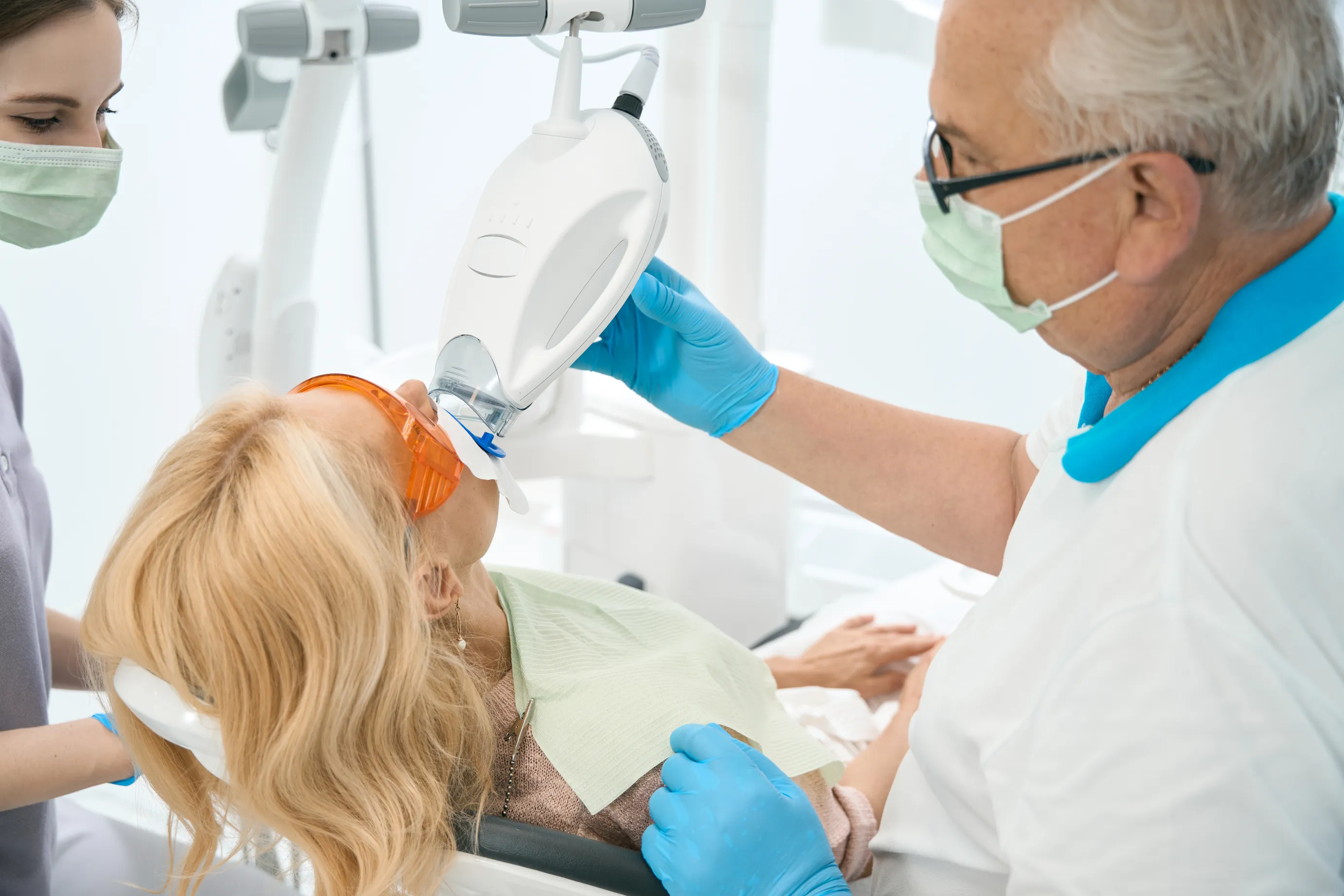Bright smiles can boost confidence at any moment; studies show that people with white teeth are seen as more successful than those with yellower ones.
If you are considering teeth whitening as part of cosmetic procedures, it is important to understand both risks and benefits associated with this cosmetic process.
Boosts Confidence
White teeth provide many advantages, with one of the main ones being increased confidence. You will feel more at ease meeting new people and engaging with social situations – both of which have positive ramifications for career and relationship prospects alike. Furthermore, having whiter teeth will help make you look younger while making you happier about yourself overall.
Though whitening your teeth involves certain precautions, most people can safely do it themselves. Prior to beginning the process, speak to your dentist or hygienist and they’ll tell you if you qualify as a good candidate and how long the treatment will take – they may recommend home-use products like hydrogen peroxide or carbamide peroxide solutions that should be applied two to four weeks apart for 30 minutes to an hour each time for optimal results.
Additionally to whitening, it’s also a good idea to brush and floss daily to remove staining debris from the surface of your teeth, avoid eating food that stain them, use mouthwash that kills bacteria effectively and can prevent infections, as well as ask your dentist or hygienist any questions regarding whitening at their next appointment. If any further inquiries arise concerning whitening please don’t hesitate to ask them during an appointment!
Removes Stains
Influenced by images depicting perfect white smiles in the media, many individuals become self-conscious of their own discolored teeth. While different strategies may help mitigate tooth staining or reverse discoloration over time, most discolorations is best treated by professional teeth whitening treatments; this procedure lightens extrinsic and intrinsic discolorations for an overall brighter appearance.
Staining is typically caused by an accumulation of chromogens under or on the enamel and dentin surfaces, typically as a result of food, drink, tobacco use or regular wear and tear. Stains may result from trauma or medication use as well. Although diet can help limit extrinsic staining some, it isn’t possible to eliminate all extrinsic stains entirely; for that reason it is still essential to practice good oral hygiene so as to reduce staining as much as possible.
Over-the-counter teeth whitening products include gels that are applied using a toothbrush, typically needing 30-60 minutes each day for two to four weeks of application. If sensitive teeth are an issue, rinses containing oxygen sources like hydrogen peroxide may also lighten teeth by one to two shades; although less effective than gels. In-office bleaching may be needed if severe or complex stains exist that need bleaching treatments to be effective.
Minimizes Sensitivity
Whitening involves opening enamel pores to effectively remove stain, which may take some days for it to reseal and seal properly. Many patients may experience increased sensitivity during this process; however, most discomfort should subside within days or so. Fluoride is an ideal remedy for those experiencing increased sensitivity as it helps remineralize tooth enamel; you can find it both in most toothpaste and drinking water sources.
Sensitivity occurs because teeth contain hundreds of tiny pores that allow cold, heat and pressure information to reach their nerves. Whitening temporarily opens these pores – and is especially common among people who are already sensitive. You can reduce sensitivity during whitening treatments by selecting lower peroxide products, brushing with desensitizing toothpaste and taking an over-the-counter pain reliever like Ibuprofen before beginning.
Brighter smiles are within the reach of everyone, even those with sensitive teeth can benefit from teeth whitening. By consulting a dentist and following tips to avoid sensitivity, as well as being careful when eating and drinking certain items, it’s easy to achieve an eye-catching white smile that boosts self-confidence while leaving an everlasting impression with others. Achieved without pain – and with proper care your luminous white smile could remain beautiful for years!
Maintains Whitened Teeth
White teeth have become an expected standard in modern society and many individuals strive for bright smiles. But while many products and gadgets on the market promise whitening teeth, it is wise to set realistic expectations and seek professional advice in order to avoid disappointment.
Before any whitening process can commence, an initial comprehensive oral examination must take place. This examination is performed by both dentists and dental hygienists who will identify any issues which will impede its effectiveness, so any issues can be treated to ensure it goes as smoothly as possible.
With regular chewing, millions of micro-cracks develop in the hard substance that forms most of your teeth – dentin. Over time, these cracks and spaces can fill with stains which leave your teeth appearing dull and lackluster in appearance. To reverse this effect, hydrogen peroxide or its close relative, carbamide peroxide are used as part of the whitening process as they penetrate enamel and oxidize pigmented molecules that create stains to make your teeth lighter in color.
Maintain your results of teeth whitening through proper brushing, flossing and diet. Avoid foods and beverages which stain your teeth as much as possible and make sure you brush and floss after eating or drinking anything.
Disclaimer: The content on this blog is intended for general informational purposes only. It is not a substitute for professional medical advice, diagnosis, or treatment. Always consult qualified healthcare providers for personalized advice. Information regarding plastic surgery, dental treatment, hair transplant, and other medical procedures is educational and not a guarantee of results. We do not assume liability for actions taken based on blog content. Medical knowledge evolves; verify information and consult professionals. External links do not imply endorsement. By using this blog, you agree to these terms.





